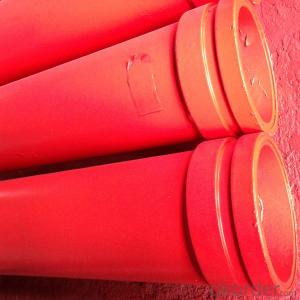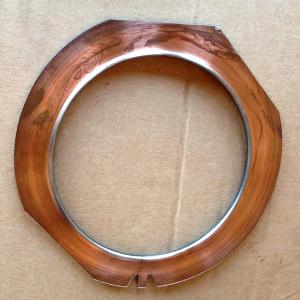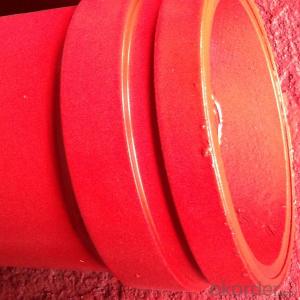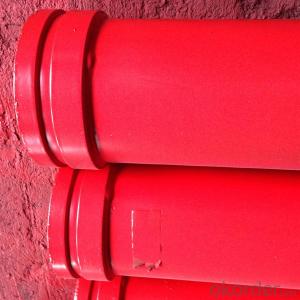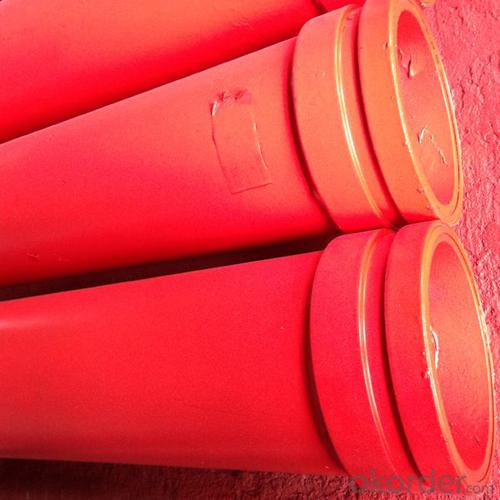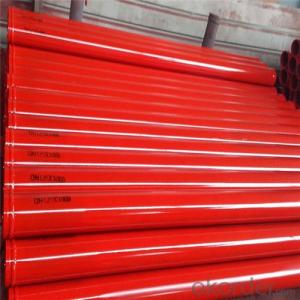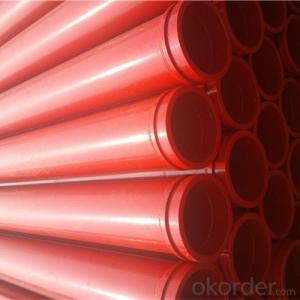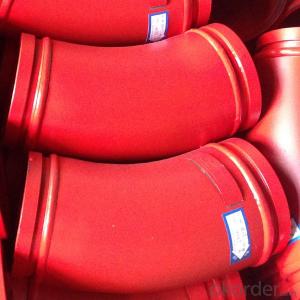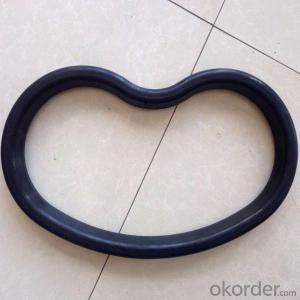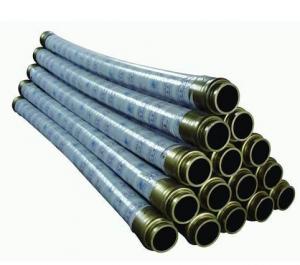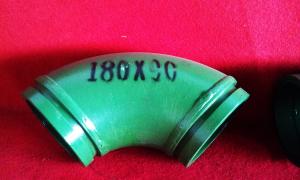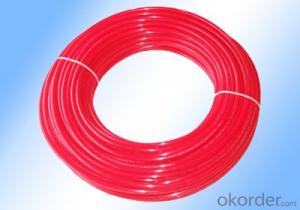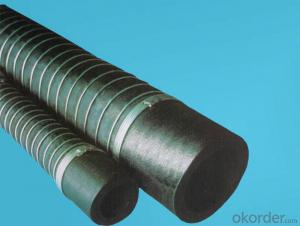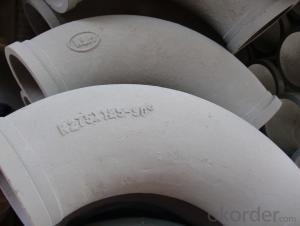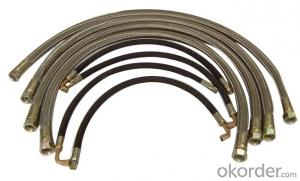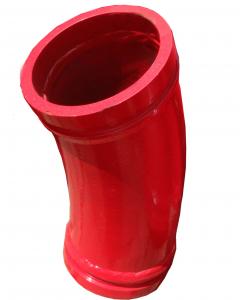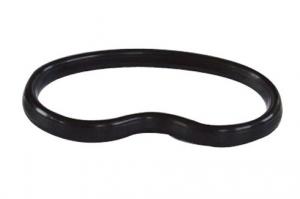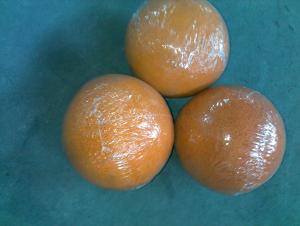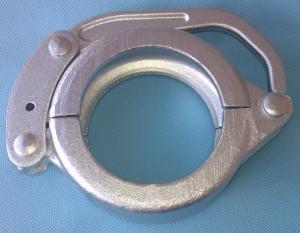Concrete Pumps Spare Parts Delivery Pipe Elbow Clamp Rubber Hose
- Loading Port:
- Tianjin
- Payment Terms:
- TT or LC
- Min Order Qty:
- 100 pc
- Supply Capability:
- 1000 pc/month
OKorder Service Pledge
OKorder Financial Service
You Might Also Like
Product Description:
About concrete spare parts, we can supply PM, Schwing, Sany and Zoomlion parts. Delivery pipes single wall and double wall
, casting elbows and twin elbows, forged clamps, welding flanges, rubber end hoses, clearning parts etc.
Casting Elbows
Description | Remark |
Elbow DN125 R275 15°148mm | Manganese |
Elbow DN125 R275 20°148mm | Manganese |
Elbow DN125 R275 30°148mm | Manganese |
Elbow with EXT R275 45° | Manganese |
Elbow with EXT R275 90° | Manganese |
Elbow DN125 R275 90°148mm | PM |
Elbow DN125 R275 90°148mm | Double Neck |
Elbow DN125 R275 90°148mm | Schwing |
Elbow DN125 R180 90°148mm | Manganese |
Elbow DN100 R275 45°127mm | Manganese |
Elbow DN100 R275 45°132mm | Manganese |
Elbow DN100 R175 45°127mm | Manganese |
Elbow DN100 R275 45°114.3mm | Manganese |
Elbow DN100 R275 90°114.3mm | Manganese |
Elbow DN100 R275 90°127mm | Manganese |
Elbow DN100 R275 90°132mm | Manganese |
Elbow DN100 R180 90°127mm | Manganese |
Elbow DN100 R285 90°127mm | Manganese |
Elbow DN100 R152.4 90°127mm | Manganese |
Elbow DN100 R281 90°142mm | Manganese |
Twin Elbows
Description | Remark |
Elbow DN125 R275 90°148mm | Twin layer |
Elbow with EXT R275 90° | Twin layer |
Elbow DN125 R275 45°148mm | Twin layer |
Elbow DN125 R275 36°148mm | Twin layer |
Elbow DN125 R275 30°148mm | Twin layer |
Elbow DN125 R275 20°148mm | Twin layer |
Elbow DN125 R275 15°148mm | Twin layer |
Elbow DN125 R275 10°148mm | Twin layer |
Reducing Elbows
Description | Remark |
Reducing Elbow DN125/DN100 90°148mm/127mm | Manganese |
Reducing Elbow DN125/DN100 90° 148mm/122mm | Manganese |
Reducing Elbow DN125/DN100 90° 157mm/131.5mm | Manganese |
Reducing Elbow DN125/DN75 90°157mm/106mm | Manganese |
Reducing Elbow DN125/DN75 90°148mm/88.9mm | Manganese |
Reducing Elbow DN100/DN75 90° 127mm/97mm(127/88.9 131/106)mm | Manganese |
Pipes and Long Bends
Description | Remark |
Delivery Pipe DN125-3 MTR | Thick 3.2mm Q235 |
Delivery Pipe DN125-3 MTR | Thick 4.1mm St.52 |
Delivery Pipe DN125-3 MTR | Thick 4.5mm St.52 |
Delivery Pipe DN125-3 MTR ZX | Thick 7.1mm |
Delivery Pipe DN125-6 MTR w/o Flanges | Thick 4.1mm St.52 |
Delivery pipe DN125-6 MTR w/o Flanges | Thick 4.5mm St.52 |
Hardened Pipe DN125-3 MTR | Thick 4.5mm |
Twin wall pipes DN125-3 MTR | Thick 2.5mm+2mm |
Description | Remark |
Long Bend DN125 R500 45° | St.52 |
Long Bend DN125 R500 90° | St.52 |
Long Bend DN125 R1000 45° | St.52 |
Long Bend DN125 R1000 90° | St.52 |
Long Bend DN125 R500 45° | ZX |
Bend DN125 R500 90° | ZX |
Bend DN125 R1000 45° | ZX |
Bend DN125 R1000 90° | ZX |
Rubber End Hoses
Description | Remark |
4 MTR Rubber Hose DN100 2 Side Flange | W. P 85 Bar/1230PSI |
3 MTR Rubber Hose DN125 1 Side Flange | W. P 85 Bar/1230PSI |
3 MTR Rubber Hose DN125 2 Side Flange | W. P 85 Bar/1230PSI |
4 MTR Rubber Hose DN125 1 Side Flange | W. P 85 Bar/1230PSI |
4 MTR Rubber Hose DN125 2 Side Flange | W. P 85 Bar/1230PSI |
5 MTR Rubber Hose DN125 1 Side Flange | W. P 85 Bar/1230PSI |
5 MTR Rubber Hose DN125 2 Side Flange | W. P 85 Bar/1230PSI |
6 Meter Rubber Hose DN125 2 Side Flange | W. P 85 Bar/1230PSI |
Rubber Seal DN125 |
Cleaning Parts and Seals
Description | Remark |
Cleaning Ball (Medium) | DN150 |
Cleaning Ball (Hard) | DN150 |
Cleaning Ball (Medium) | DN125 |
Cleaning Ball (Hard) | DN125 |
Cleaning Ball (Medium) | DN100 |
Cleaning Ball (Hard) | DN100 |
Couplings
Description | Remark |
Snap Coupling DN125 |
|
Bolt Coupling DN125 | Forged |
Screw Coupling DN125 |
|
Mounting Coupling DN125 | For Flange 157mm |
Wedge Coupling DN125 |
Product Images:
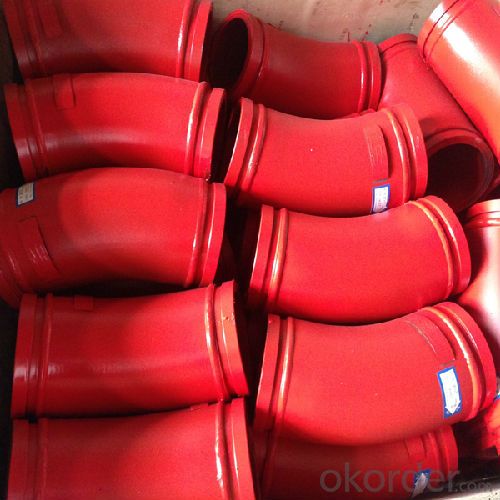
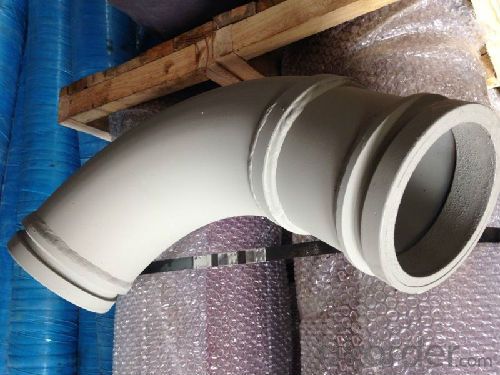
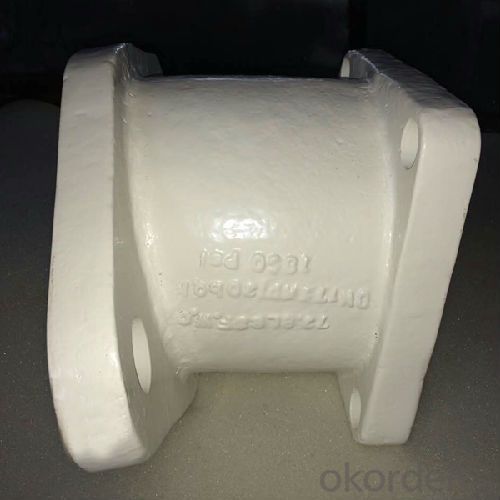
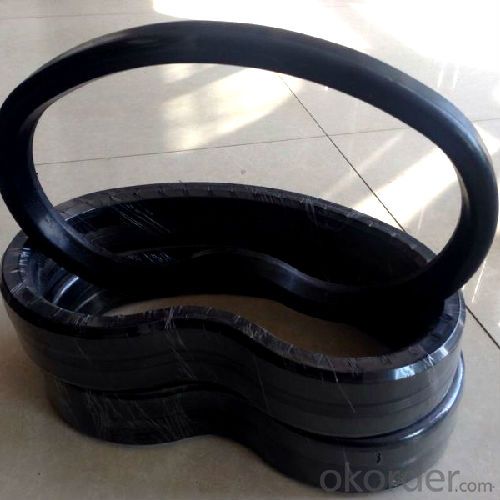
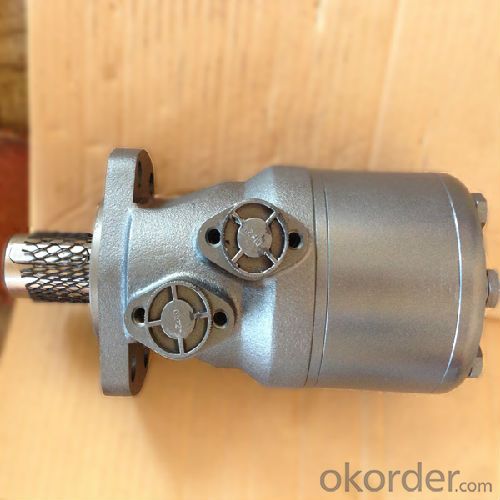
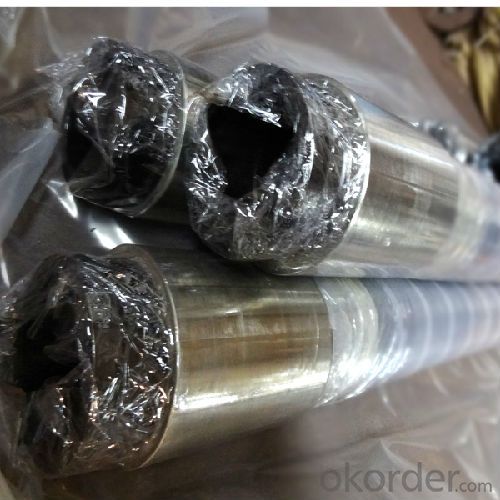
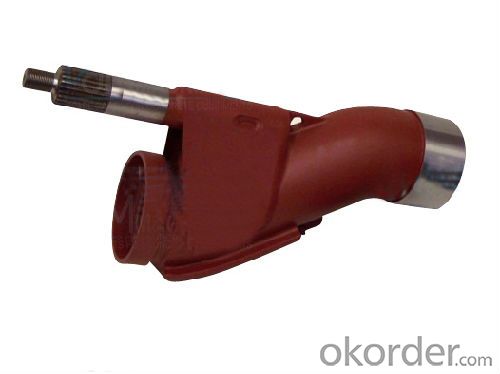
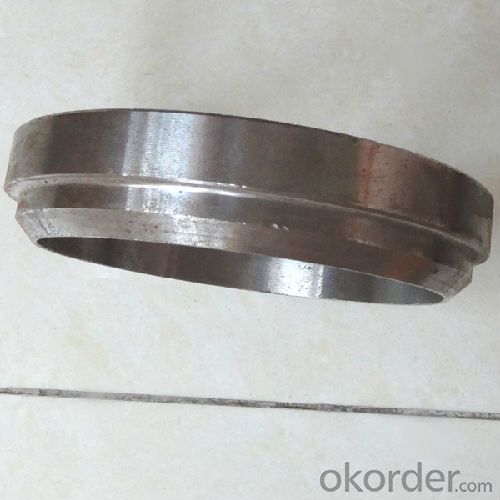

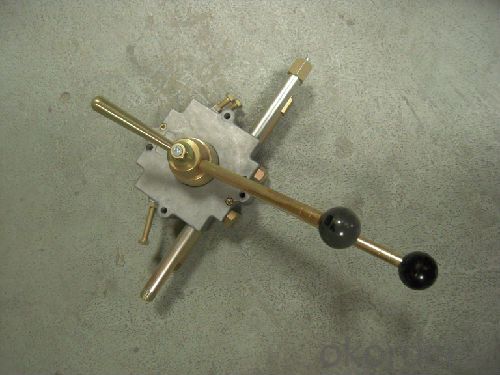
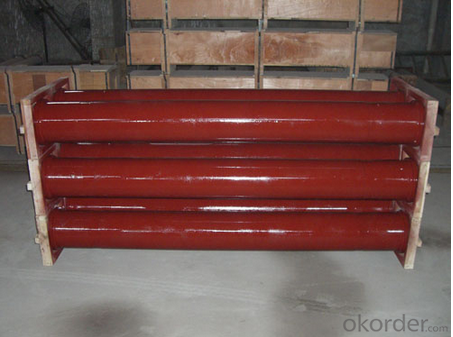
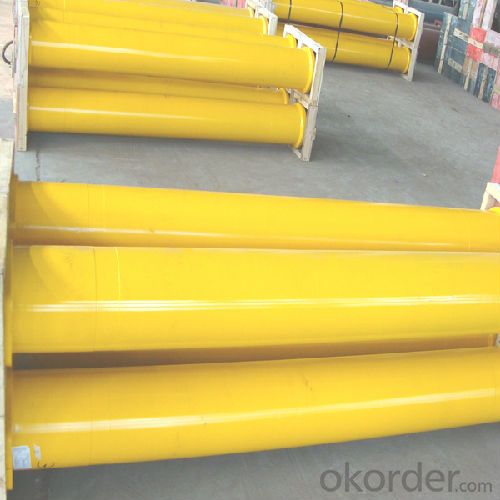
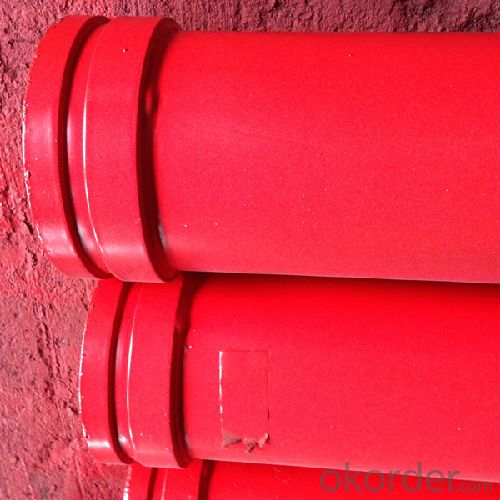
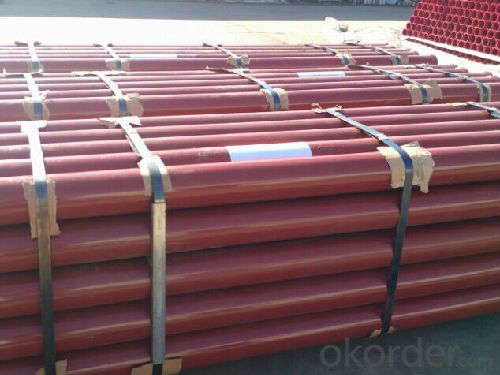

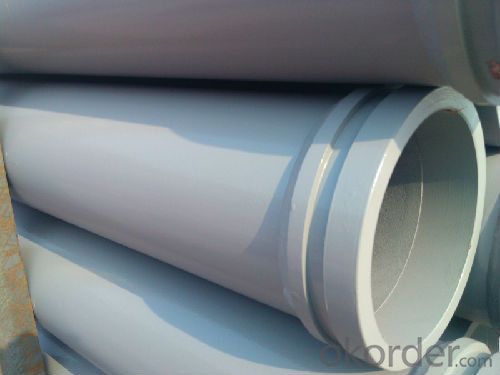
FAQ:
Q1: Why buy Materials & Equipment from OKorder.com?
A1: All products offered by OKorder.com are carefully selected from China's most reliable manufacturing enterprises. Through its ISO certifications, OKorder.com adheres to the highest standards and a commitment to supply chain safety and customer satisfaction.
Q2: How do we guarantee the quality of our products?
A2: We have established an advanced quality management system which conducts strict quality tests at every step, from raw materials to the final product. At the same time, we provide extensive follow-up service assurances as required.
- Q: How often should hopper screens be cleaned or replaced?
- It is important to clean or replace hopper screens regularly, usually every 3 to 6 months, depending on how often they are used and the type of materials being processed. Keeping the hopper screens clean is crucial for maintaining peak performance and preventing clogs or obstructions. If the screens become excessively dirty or damaged, they should be replaced immediately to avoid interruptions in material flow and potential equipment damage. Regularly maintaining and inspecting the hopper screens will help extend their lifespan and ensure the entire system operates smoothly.
- Q: What are the indications of a faulty concrete pump seal?
- Some indications of a faulty concrete pump seal may include leakage of hydraulic fluid, excessive noise or vibration during operation, reduced pumping efficiency, and potential damage to other components of the pump.
- Q: How often should hydraulic filters be replaced in a concrete pump?
- Hydraulic filters in a concrete pump should be replaced regularly, typically every 500 to 1,000 operating hours or as recommended by the manufacturer. Regular replacement ensures optimal performance and helps prevent contamination and damage to the hydraulic system.
- Q: How can a malfunctioning control box affect the pump's operation?
- A malfunctioning control box can have various negative effects on the operation of a pump. Firstly, it can result in an inaccurate or inconsistent control of the pump's functions. This means that the pump may not start or stop at the desired times or operate at the correct speed, leading to inefficient or inadequate pumping. Additionally, a malfunctioning control box may cause electrical issues, leading to power fluctuations or even power surges. These electrical problems can cause damage to the pump's motor or other components, leading to premature wear and tear or complete failure. Furthermore, a malfunctioning control box can also disrupt the communication between the pump and other systems. This can affect the pump's ability to receive or send signals, resulting in a lack of coordination with other equipment or systems that rely on the pump's operation. This lack of coordination can lead to system failures or disruptions in the overall process or operation that the pump supports. In summary, a malfunctioning control box can have detrimental effects on the pump's operation including inaccurate control, electrical issues, and disruption of communication with other systems. It is crucial to regularly inspect and maintain control boxes to prevent these malfunctions and ensure the reliable and efficient operation of pumps.
- Q: Can I get spare parts for both concrete pumps with and without water tanks?
- Yes, you can get spare parts for both concrete pumps with and without water tanks.
- Q: How do I properly maintain and replace rubber pistons in concrete pump spare parts?
- Proper maintenance and replacement of rubber pistons in concrete pump spare parts involves a few key steps. Firstly, make sure to regularly inspect the pistons for any signs of wear, such as cracks or tears. It is recommended to replace them if they are significantly worn or damaged. To replace the rubber pistons, start by removing the old piston carefully, ensuring not to damage the cylinder or any other components. Clean the cylinder thoroughly, removing any debris or residue. Apply a lubricant or concrete pump primer to the cylinder walls to aid in the installation of the new piston. Next, carefully install the new rubber piston, ensuring it is properly aligned with the cylinder. Gently push it into place, avoiding any unnecessary force that could cause damage. It is important to refer to the manufacturer's instructions or guidelines for specific installation techniques. After replacing the rubber piston, run a few tests to ensure its proper functioning. Check for proper sealing and smooth operation by conducting a dry run or pumping a small amount of concrete. Monitor the piston's performance closely, and if any issues arise, consult a professional or the manufacturer for further guidance. Regular maintenance, such as cleaning the cylinder and lubricating the pistons, can help extend their lifespan. Additionally, following proper operating procedures, such as avoiding excessive pressure or abrasive materials, can also contribute to the longevity of rubber pistons.
- Q: What is the purpose of a concrete pump cleaning ball?
- To effectively cleanse and eliminate any lingering concrete or debris inside a concrete pump system, a concrete pump cleaning ball serves its purpose. These cleaning balls are specifically designed for insertion into the pumping system and subsequent propulsion through the pipes using water pressure or compressed air. As they progress through the system, the cleaning balls effectively scrape away any solidified concrete or accumulation, guaranteeing unobstructed flow and optimal performance of the pump and pipes. This routine cleaning process not only prevents blockages and upholds pump efficiency but also prolongs the equipment's lifespan. Furthermore, the utilization of cleaning balls ensures that the subsequent batch of pumped concrete remains uncontaminated by any residual debris, resulting in a superior final product.
- Q: What are the signs of a malfunctioning gearbox?
- A malfunctioning gearbox in a vehicle could be indicated by various signs. One of the most common signs to look out for is difficulty shifting gears. If you find that shifting gears smoothly is increasingly challenging or if you hear grinding or clunking noises during shifting, it might be an indication of a gearbox problem. Another sign that the gearbox is malfunctioning is when gears slip. This occurs when the selected gear fails to remain engaged and instead slips into a different gear, resulting in a loss of power or acceleration. Additionally, you might observe an increase in engine RPMs without a corresponding increase in speed. Leakage of transmission fluid is another indicator of a faulty gearbox. Transmission fluid plays a crucial role in lubricating and cooling the gears, so any leakage can lead to overheating and damage to the gearbox components. The presence of red or brown fluid underneath the vehicle could be a sign of a leaking gearbox. Unusual noises, such as whining, humming, or clunking sounds, can also point to gearbox issues. These noises may occur while driving, especially during acceleration or deceleration, and can be indicative of problems with the gears or bearings within the gearbox. Lastly, if you detect a burning smell emanating from the engine or gearbox area, it could be an indication of overheating or excessive friction within the gearbox. This can be caused by low or contaminated transmission fluid, worn-out gears, or a malfunctioning cooling system. In case you notice any of these signs, it is crucial to promptly have your vehicle inspected by a qualified mechanic. Ignoring gearbox issues can lead to further damage and potentially expensive repairs.
- Q: What are the signs of a faulty concrete pump control panel?
- There are several signs that can indicate a faulty concrete pump control panel. Firstly, if the control panel is not powering on or experiencing intermittent power loss, it could be a sign of a faulty electrical connection or a malfunctioning power supply. This can prevent the panel from functioning properly and controlling the concrete pump. Secondly, if the control panel is displaying error messages or error codes, it suggests that there may be an issue with the internal components or sensors. These errors can range from minor malfunctions to more serious problems that require immediate attention. Additionally, a faulty control panel may exhibit erratic behavior or unresponsive controls. For example, if the buttons or switches do not respond when pressed, or if they behave inconsistently, it could indicate a problem with the panel's circuitry or wiring. Moreover, unusual noises or vibrations coming from the control panel can be a sign of internal mechanical issues. These could include loose or damaged components, faulty relays, or malfunctioning motors. Lastly, if the concrete pump is not operating as expected, it could be due to a faulty control panel. Inadequate pressure, incorrect flow rates, or difficulty in starting or stopping the pump may all be indicators of a control panel malfunction. In any case, if you suspect that the control panel of a concrete pump is faulty, it is important to consult a professional technician or manufacturer for inspection, diagnosis, and repair.
- Q: Can I get spare parts for concrete pump accessories like remote control systems?
- Yes, you can get spare parts for concrete pump accessories like remote control systems. Many manufacturers and suppliers of concrete pump accessories offer a range of spare parts for their products. These spare parts may include components for remote control systems such as buttons, switches, sensors, batteries, and transmitters. It is advisable to contact the manufacturer or supplier directly to inquire about the availability of spare parts for the specific model of remote control system you have. They will be able to provide you with the necessary information and assist you in obtaining the required spare parts.
Send your message to us
Concrete Pumps Spare Parts Delivery Pipe Elbow Clamp Rubber Hose
- Loading Port:
- Tianjin
- Payment Terms:
- TT or LC
- Min Order Qty:
- 100 pc
- Supply Capability:
- 1000 pc/month
OKorder Service Pledge
OKorder Financial Service
Similar products
Hot products
Hot Searches
Related keywords
